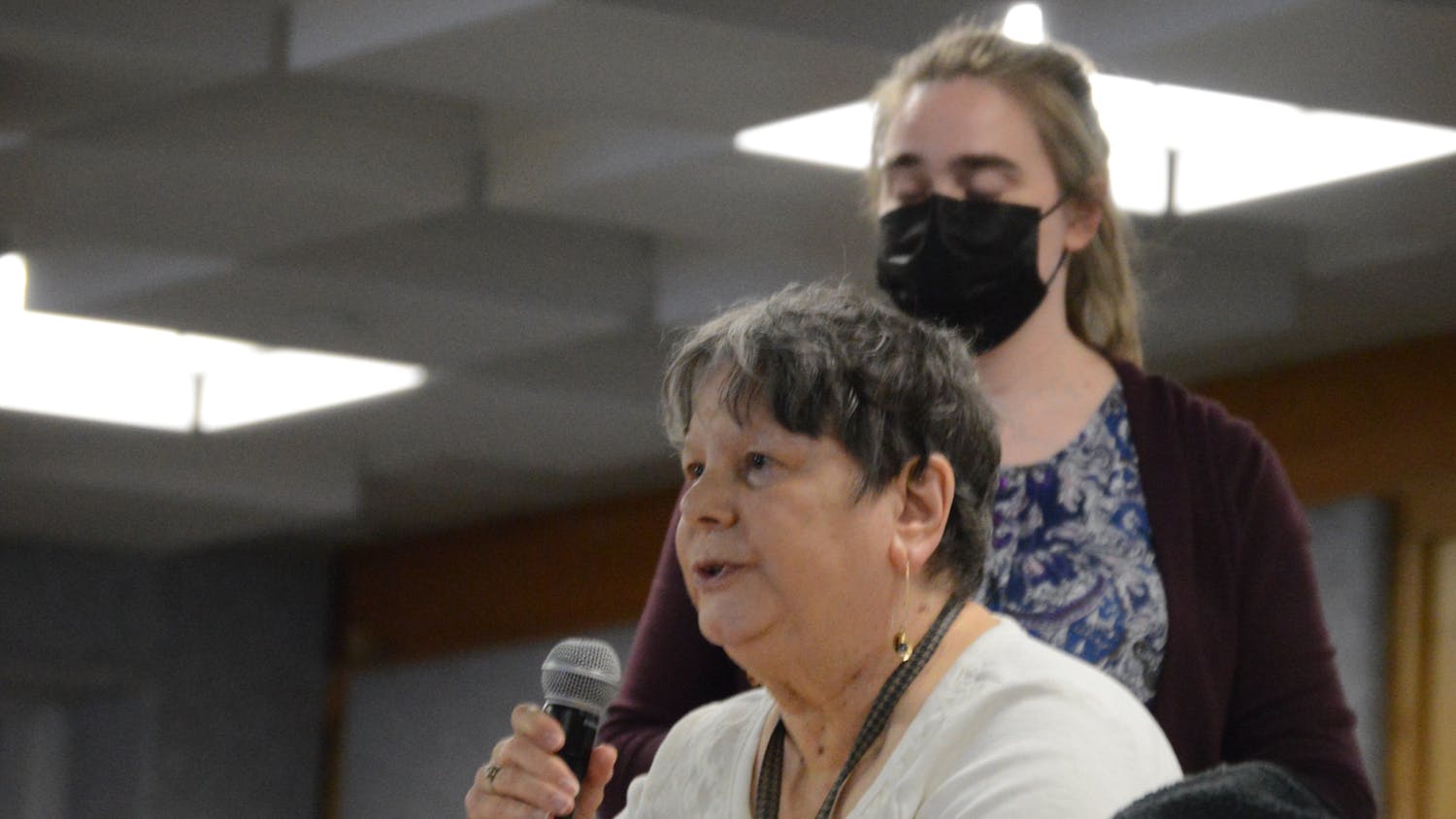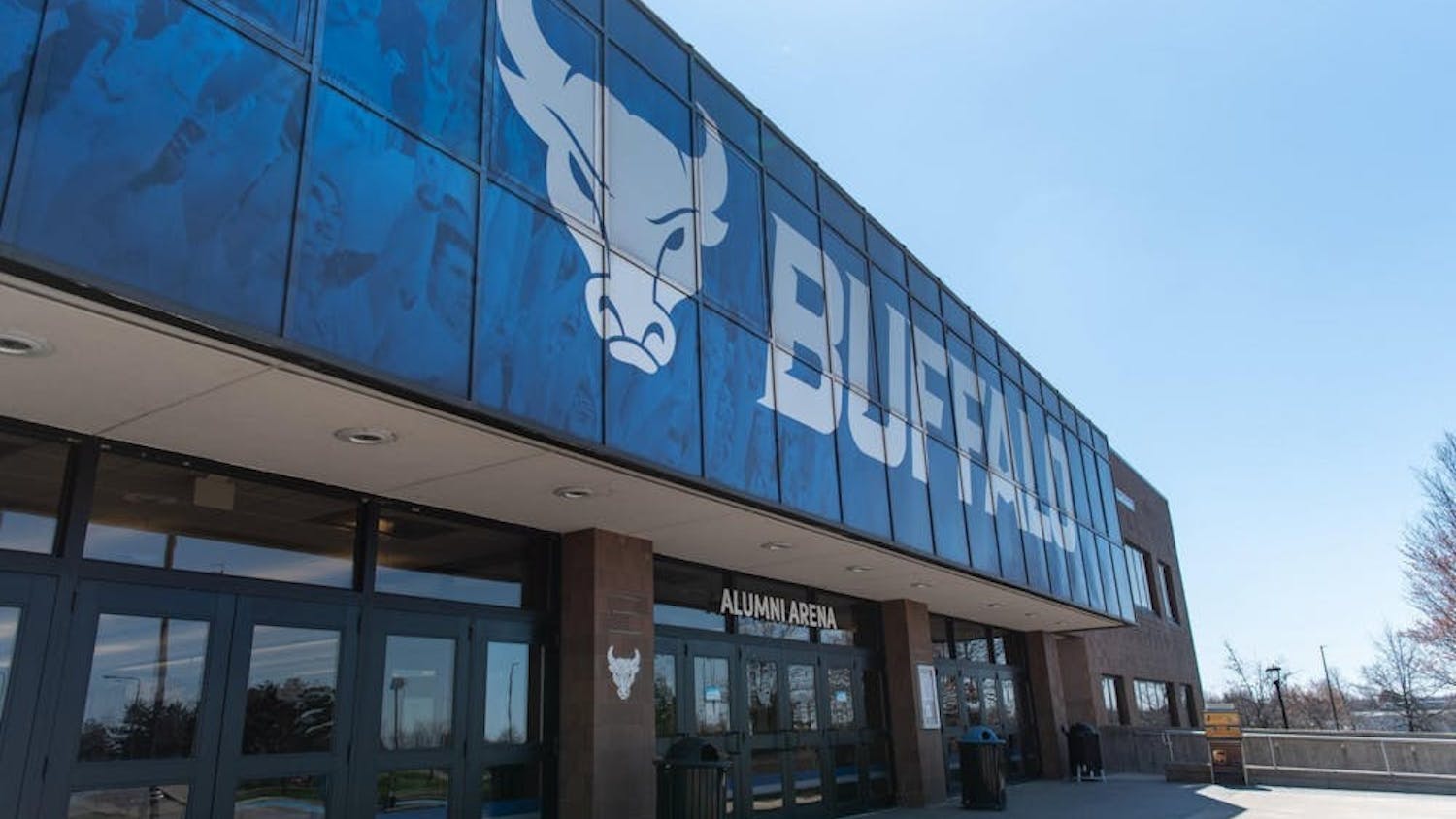UB prides itself on having Leadership in Energy and Environmental Design certified buildings, and several sustainability-related awards, including the 2016 Green Power Award from the EPA. But the university could still improve its sustainability efforts on several fronts.
Most egregiously, the UB Foundation invests in offshore hydraulic fracturing. After a seven-year study conducted by the Department of Environmental Conservation, New York state banned fracking in 2015, citing “significant adverse” effects on land, air, water, and natural resources, as well as potential public health risks.
Despite investments in fracking, UB does make some efforts toward sustainability. The university has two on-campus solar installations. Education and Leadership Fellows in Sustainability are a group of students working to improve sustainability at UB. Campus Dining & Shops and Three Pillars Catering compost all kitchen scraps, pre-consumer and catering food waste. UB has a chief sustainability officer “to provide leadership and direction for sustainability initiatives as the university works to implement ambitious environmental objectives,” according to the university’s website. And UB’s annual Repair Fair encourages students to repair and reuse old items rather than throwing them away.
The trash cans labelled “landfill” also serve as a small yet powerful reminder of where our waste goes, and several Spectrum editors said these signs make them more likely to remember to recycle. But these signs are only on a few campus trash cans. And recycling receptacles are not always clear about what can and cannot be recycled.
UB has seven LEED-designed buildings: Barbara and Jack Davis Hall, Center for Excellence in Bioinformatics and Life Sciences, Clinical and Translational Research Center, Creekside Village Community Center, Educational Opportunity Center, John and Editha Kapoor Hall and William R. Greiner Hall. None, however, can boast a platinum certification, LEED’s highest honor.
The U.S. Green Building Council, a nonprofit that encourages architects to design environmentally friendly buildings, determines LEED certifications. Buildings are rated primarily based on the sustainability of their materials, heating and cooling efficiency and control of storm-water runoff.
But LEED is often more of a public relations boon than a meaningful metric of sustainability. For example, a gas station in Texas has a LEED certification. If a location that sells one of the single greatest contributors to global climate change can earn the certification, it raises some serious questions about LEED’s legitimacy.
Building designers can earn significant points toward their ratings for small things like installing a bike rack. Application fees can be as high as $22,500, and hiring consultants, which can cost over $100,000, can greatly increase a building’s chance of earning certification, making it an award that can essentially be bought. And when the certification grants points for so many small things like bike racks, sometimes the big picture is missed, which explains how a gas station could earn the rating.
And while Davis Hall touts a Gold LEED certification, the basement is under the water table, so they need to pump out water 24/7. LEED is certainly not the best measure of sustainability.
Campus-wide, UB still has a lot of wasteful practices that should be rectified.
Heating and lighting are not controlled effectively. A lot of the lights and heat are left on despite if anyone is in the room or not. Lights that automatically shut off could help with this problem, although individuals should also be more cognizant of turning lights off when they leave a room.
The school should also make more efforts to encourage students to use public transportation. Students at the Jacobs School of Medicine and Biomedical Sciences receive a free NFTA bus and rail pass, as do students at Canisius and Buffalo State.
UB offers carpool parking spots, but they are rarely used, and by offering free parking, the university essentially encourages students to drive. The No. 35 Sheridan bus departs from UB’s Coventry Loop and makes stops throughout Amherst, which local commuter students would likely take advantage of more if UB offered transit passes to all students.
The Spectrum editors acknowledge that printing thousands of newspapers twice a week poses its own adverse environmental impacts. Discussing environmental sustainability on campus has reminded us that we need to think critically about our own carbon footprints, both as an organization and as individuals.
Sustainability can be complicated and no person or organization can be perfectly sustainable, but everyone is responsible for thinking critically about how they can change their behavior to lessen harm to the environment.
UB has made strides in terms of becoming environmentally sustainable, but the university needs to address sustainability issues on campus and in its foundation’s investments to match its environmentally friendly marketing image.
The opinion desk can be reached at opinion@ubspectrum.com.




